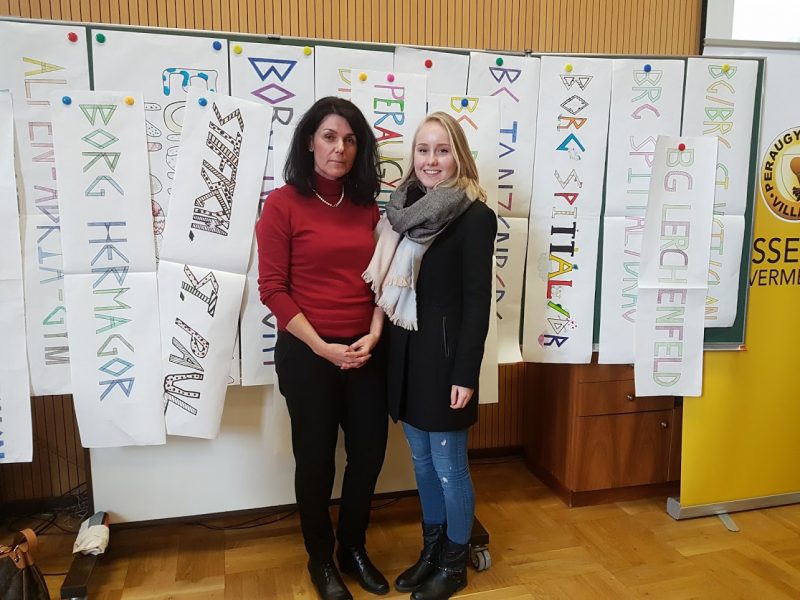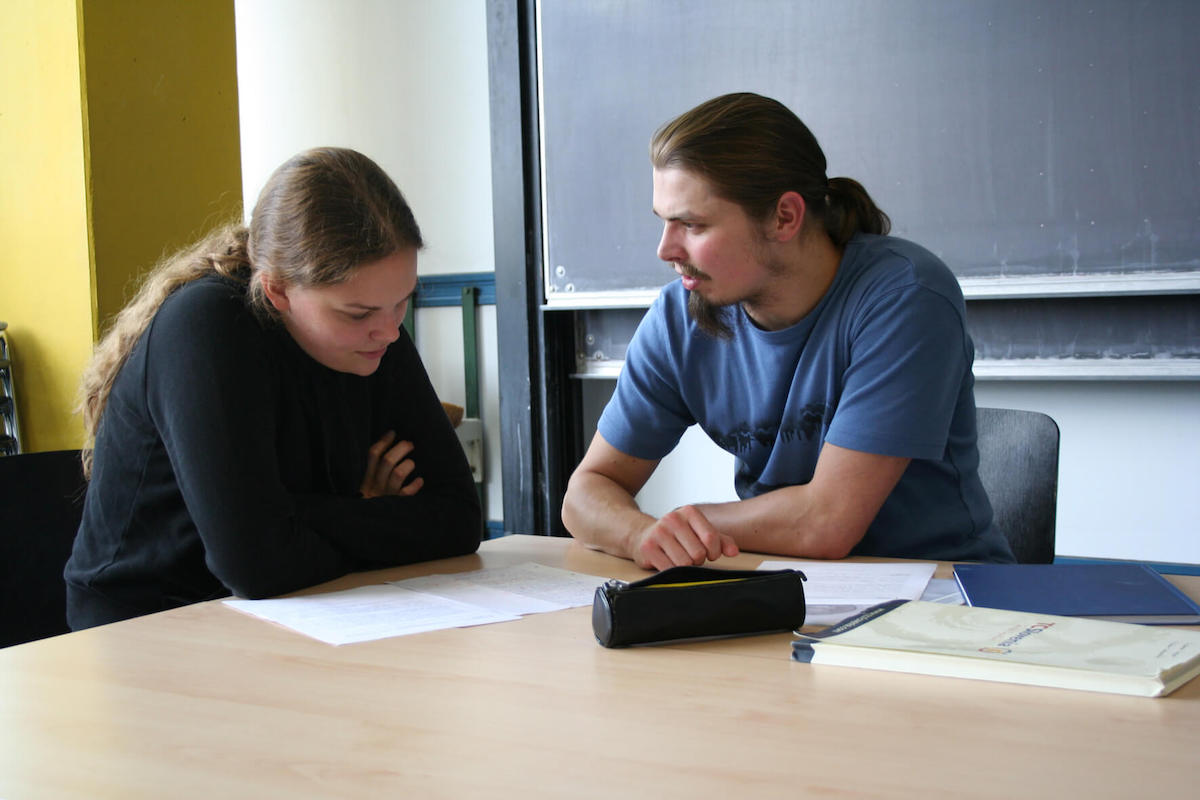

These results may indicate that sex in A. No significant differences were found between percentages of sexual versus asexual prothalli in natural populations or laboratory cultures, or between percentages of unisexual and bisexual prothalli. Sexual expression and the role of the tubercule in the reproductive biology of this fern were studied.

Four populations in the Iberian Peninsula were selected to provide spores for laboratory cultures and to sample natural populations of gametophytes for comparative studies. This rare aspect of the life cycle has considerable bearing on the reproductive features of the gametophyte. Anogramma leptophylla is one of few homosporous ferns with ephemeral sporophytes and perennial gametophytic tubercules. 2011: Gametophyte features in a peculiar annual fern, Anogramma leptophylla. Based on a plate from the protologue by Antonio Sebastiani and a specimen in RO, a lectotype and an epitype, respectively, for Trifolium latinum Sebast. (Fabaceae) and comparison with similar species. 2011: Typification of Trifolium latinum Sebast. (Plumbaginaceae), selected from the original material stored at the Herbarium of Naturhistorische Museum in Wien (W) and at the Herbarium of the Conservatoire et Jardin Botaniques de la Ville de Genève (G), respectively. We designate lectotypes for Statice canescens Host and A. 2011: Lectotypification of Statice canescens Host and Armeria majellensis Boiss. Differences between the Corsican and Sardinian populations of A. tegulensis, as well as the validity of A. The results confirmed differences between A. Melanocercis were measured and analysed. thermensis all belonging to Astragalus sect. Using a computer-aided imaging system, the seed morphometric and colorimetric features of Astragalus terraccianoi, A. 2011: Identification of Sardinian species of Astragalus section Melanocercis (Fabaceae) by seed image analysis. Fennici 48: 528.īacchetta, G., Fenu, G., Grillo, O., Mattana, E. 2011: Magnolia bidoupensis (Magnoliaceae), a new species from Vietnam. 2011: Stipa albasiensis (Poaceae), a new species from Inner Mongolia, China. 2011: Aspidistra longituba (Ruscaceae), a new species from Guangxi, China. 2011: Tylophora lui (Apocynaceae), a new species from Taiwan. 2011: Hoya sapaensis (Apocynaceae, Asclepiadoideae), a new species from Vietnam. 2011: Campanula hacerae (Campanulaceae), a new species from Turkey. 2011: Cirsium yildizianum (Asteraceae: Cynareae), a new species from East Anatolia, Turkey. 2011: Gyalecta titovii, a new corticolous lichen species from Abkhazia and Russia. 2011: Lithocarpus pulongtauensis (Fagaceae), a new species from Borneo. 2011: Taxonomic revision of Euphorbia subsect. 2011: Depsides and depsidones in populations of the lichen Hypogymnia physodes and its genetic diversity. © Finnish Zoological and Botanical Publishing Boardīacchetta, G., Fenu, G., Grillo, O., Mattana, E.

The same Sanskrit word has resulted in gossypium ( “ cotton ” ).Ĭarbasus f ( genitive carbasī) second declension

Latin Alternative forms īorrowed from Ancient Greek κάρπασος ( kárpasos, “ cotton ” ), from Hebrew כַּרְפַּס ( karpás, “ fabric of cotton ” ), from Sanskrit कर्पास ( karpāsa, “ cotton ” ), though Mediterranean and Anatolic sources have also been suggested.


 0 kommentar(er)
0 kommentar(er)
